Looks like Microsoft is having capacity issues in some of its world datacenters including the UK ( Especially UK West)
Microsoft’s statement was as follows
Due to a large spike in demand from customers responding to COVID-19 mitigation measures, Microsoft is managing capacity in some locations and will add new capacity as soon as possible. If your orders are failing, please select a different virtual machine size, or try provisioning in a different region. Microsoft has also paused sale of Reserved Instances, so is unable to process these orders at the current time. We will resume Reserved Instances orders once Microsoft also resumes them.
It is also now prioritizing extra resources for key customers
We are working closely with first responder organizations and critical government agencies to ensure we are prioritizing their unique needs and providing them our fullest support.
“We are also partnering with governments around the globe to ensure our local datacenters have on-site staffing and all functions are running properly,"
Specifically, we are providing the highest level of monitoring during this time for the following:
First Responders (fire, EMS, and police dispatch systems)
Emergency routing and reporting applications
Medical supply management and delivery systems
Applications to alert emergency response teams for accidents, fires, and other issues
Healthbots, health screening applications, and websites
Health management applications and record systems
If you are facing issue the recommendation if to find another region in their 54 Regions
For UK Partners are advised to provision in UK South is UK West fails.
For Australia: Partners are advised to provision in Australia South-East (Melbourne) if provisioning in Australia East (Sydney) fails.
For Asia South-East: Partners facing provisioning failures in Asia SouthEast (Singapore) need to identify the best location for their customers in terms of latency. India South, Korea or Japan are suggested locations.
For East Asia: Partners are advised to provision in Korea or Japan regions where provisioning fails for East Asia (Hong Kong).
Interestingly enough Google Cloud ( GCP ) which is the largest growing cloud provider in 2019 and Amazon’s AWS which still has the largest market share has had no growth or capacity issues
Microsoft services have been increased in demand by around 700%
This confirms why Hybrid Cloud or Multi Tenant Cloud solutions are used in some situations for extra redundancy!



